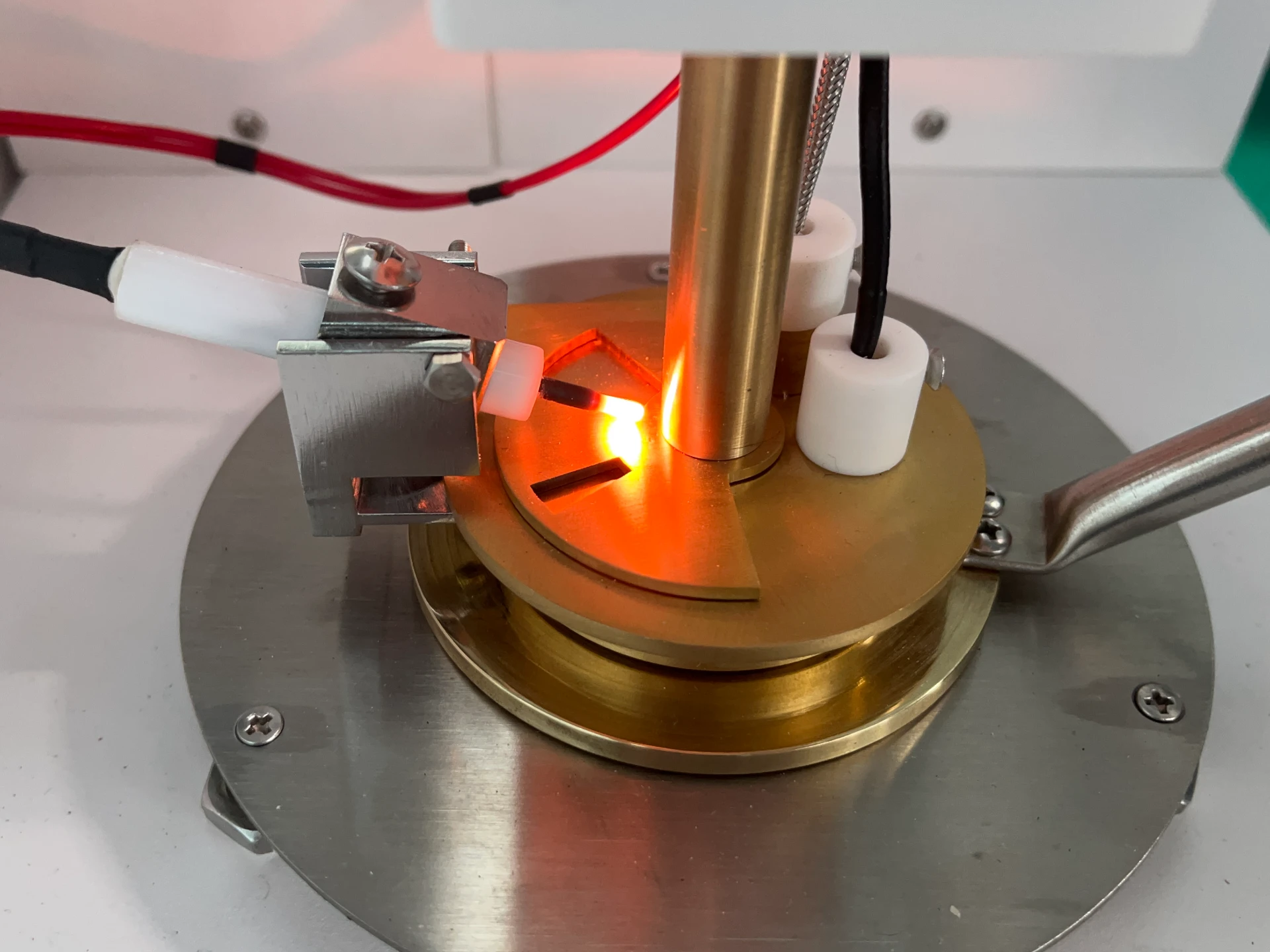 English
English


Exploring the Principles and Applications of Titration Methods in Laboratory Analysis
Understanding Titration A Fundamental Technique in Analytical Chemistry
Titration is a fundamental analytical technique widely used in chemistry to determine the concentration of an unknown solution. This method involves the gradual addition of a solution of known concentration, known as the titrant, to a solution of unknown concentration until the reaction reaches its endpoint. The endpoint is typically indicated by a color change, resulting from the addition of an indicator or by other measurable physical properties. This article explores the principles, types, and applications of titration, shedding light on its importance in various fields.
Understanding Titration A Fundamental Technique in Analytical Chemistry
There are several types of titrations, each tailored for specific types of analyses. Acid-base titration is perhaps the most common, involving the reaction between an acid and a base. The choice of indicator is critical in this case; phenolphthalein is often used for strong acid-strong base titrations due to its clear color change at the neutral pH point. Another example is redox titration, which involves oxidation-reduction reactions and often utilizes titrants like potassium permanganate or iodine. Complexometric titration is also significant, employing chelating agents to form stable complexes, particularly useful in determining the concentration of metal ions in solution.
titration test

To conduct a titration, the first step involves preparing the titrant and the analyte solutions. The titrant is typically placed in a burette, allowing for controlled addition to the flask containing the analyte. A magnetic stirrer may be used to ensure thorough mixing. During titration, the chemist carefully observes the reaction, adding the titrant drop by drop as the endpoint approaches, signaled by a sudden change in color or pH. The volume of titrant used is then recorded, and calculations based on stoichiometry are employed to deduce the concentration of the unknown solution.
The precision of titration is influenced by several factors, including accurate measurement of both the titrant and analyte, the purity of reagents, and the skill of the experimenter. As with any analytical technique, proper technique and practice are crucial to minimize errors and ensure reliable results. It's common for chemists to perform multiple trials to obtain an average value and enhance accuracy.
Titration has widespread applications beyond the laboratory. In environmental science, it is employed to analyze water samples for contaminants, ensuring safety and quality. In the pharmaceutical industry, titration is vital for quality control to ensure that drug formulations meet regulatory standards. Additionally, titration plays a crucial role in food science, helping to determine acidity levels in foods and beverages, which can affect flavor and preservation.
In conclusion, titration is an essential technique in analytical chemistry that allows for the precise determination of the concentration of unknown solutions. Its various forms, such as acid-base, redox, and complexometric titrations, cater to a wide range of chemical analyses across different industries. By mastering the principles and practices of titration, chemists contribute significantly to advancements in science, medicine, and environmental protection, highlighting the technique's relevance in today’s world. As technology advances, the incorporation of automated and computerized titration systems is likely to enhance the efficiency and accuracy of this indispensable analytical method.
-
Differences between open cup flash point tester and closed cup flash point testerNewsOct.31,2024
-
The Reliable Load Tap ChangerNewsOct.23,2024
-
The Essential Guide to Hipot TestersNewsOct.23,2024
-
The Digital Insulation TesterNewsOct.23,2024
-
The Best Earth Loop Impedance Tester for SaleNewsOct.23,2024
-
Tan Delta Tester--The Essential Tool for Electrical Insulation TestingNewsOct.23,2024





